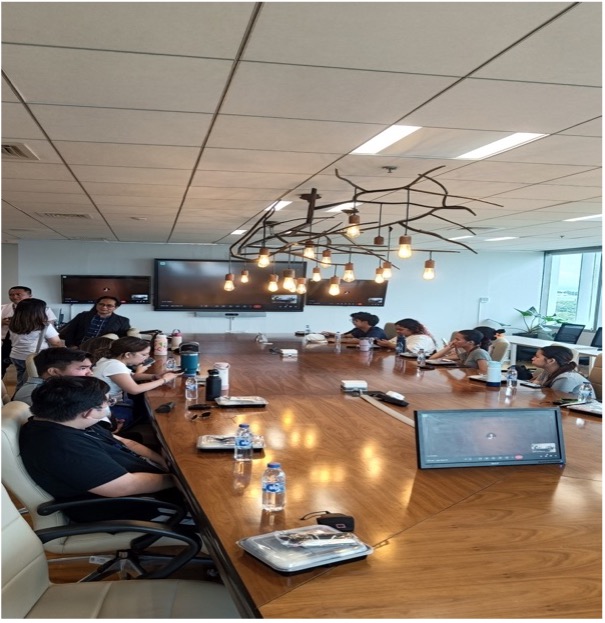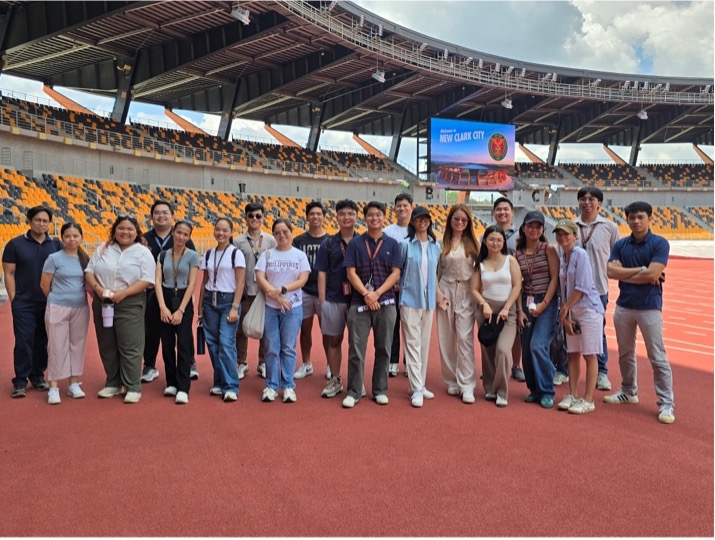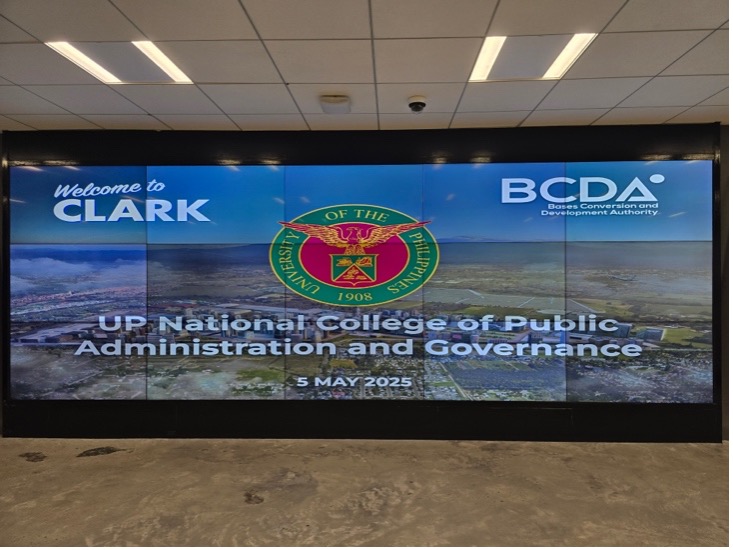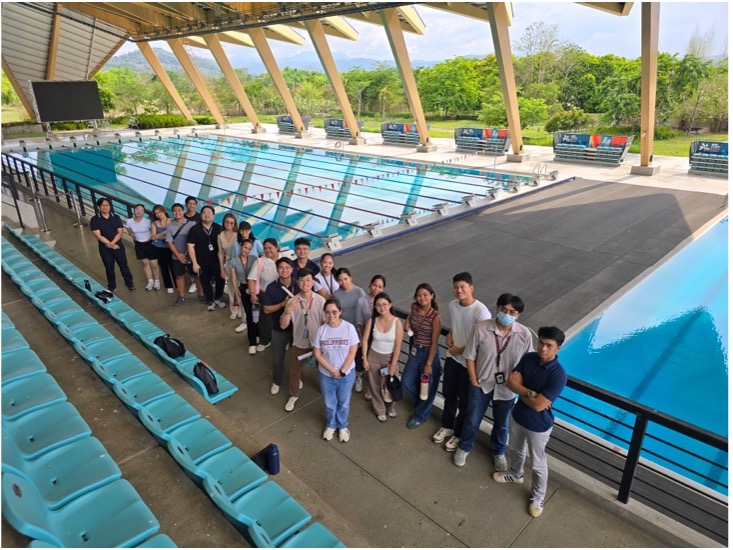
Chevey Deo E. Celeste | PA 152 [Urban and Metropolitan Governance]
Posted on August 04, 2025
It’s always been a dilemma for me of “how forests turn into a concrete jungle”, a strange notion to me when I was young. The lingering interest in what was once a green landscape turns into a gigantic brick wall. In my PA 152 (Urban and Metropolitan Governance) class, I came to unravel the importance and functions of why and how it becomes one. Ever since then, it has become one of my favorite subjects in Public Administration.
On May 5, 2025, our class went on a road trip to New Clark City (NCC) in Tarlac. The BCDA (Bases Conversion and Development Authority) office in Mabacalat, Pampanga, was the kick-off of our journey. As I disembarked from the bus, I felt like I had arrived in a different country. The tall buildings, clean and organized streets, electrical wires nowhere to be seen, no traffic, and very spacious were all so unfamiliar—especially for someone used to Metro Manila and other major cities in the Philippines.
Inside the office, we had a quick seminar on NCC’s current projects and future development plans (Fig. 1.0), while enjoying the overlooking view of Mount Arayat (Fig. 1.1). The seminar was very insightful. I’ve learned that the creation of NCC was inspired by and an integration of
notable and futuristic functions from the developed countries. Some key innovations include AI-powered cabs powered by renewable energy, solar-powered streetlights, waste-to-energy initiatives, and many more. Moreover, there are ongoing plans to relocate government offices to the city. I was very intrigued but uncertain at the same time. A thought crossed my mind, “Is this really possible? ”, a new chapter that has yet to unfold.


We then continued our journey to NCC. While approaching our destination, I noticed the solar-powered streetlights and an aesthetically pleasing bridge design (Fig. 2.0), as mentioned during the seminar. It took us around 30 minutes to reach NCC from Mabacalat. As we arrived, the city felt like a desert. There were buildings, but there were no people roaming around. I’ve seen infant trees planted near the streets and parks. As we approached the city center, there were sports facilities like a football stadium (Fig. 2.1), which can host thousands of spectators for national and international tournaments. Moreover, there was also a swimming arena that had been used for international and national leagues and international camps. Along with schools and dormitories dedicated to athletes. A nearby hotel serves as an accommodation for visitors, and a convenience store was also put within the area, where people can buy their needs and food.


As a class, we understood that NCC is still under development. While it may seem like it is athlete-centric due to the dedicated sports facilities, it still lacks basic amenities such as malls and basic services such as hospitals and schools. There are also no people walking in the area; you can only see employees who are facilitating in the buildings. Many questions still linger in our heads: Will this be successful? Are people willing to move to NCC because of its features, or are government employees willing to resettle due to the relocation of offices? It was a collective on-thought process for us as a class. But despite the uncertainty, I really hope that NCC will become a success.
This field trip really reinforced for me the idea that “no man is an island.” The creation of NCC is a collective effort from the government and private institutions, which has a similarity to Bonifacio Global City (BGC). Nevertheless, it inspired me to delve deeper into planning and developing a city. This subject taught me not only how cities are developed but also how society relies on the resources that a city can offer. As a future public servant of this country, it is very important to delve into this subject because Filipinos are struggling with a lot of problems in terms of sustainability, traffic, waste management, transportation, informal settlers, etc. Combating these issues requires resources, the right people, and help from private institutions. With this, it will be more efficient in solving societal issues and cater to society’s best interests. As the poet Carl Sandburg wrote, “The republic is a dream. Nothing happens unless first a dream”. One of my biggest aspirations is to help shape the Philippines to be not just a country that is striving to make ends meet, but to be a nation that empowers its citizens with access to basic amenities, services, and a high quality of life.



Chevey is a 4th-year Public Administration student of NCPAG and currently part of the UP Men’s Football Team. His research interests are urban planning, international conflicts, Philippine politics, and e-micromobility.
